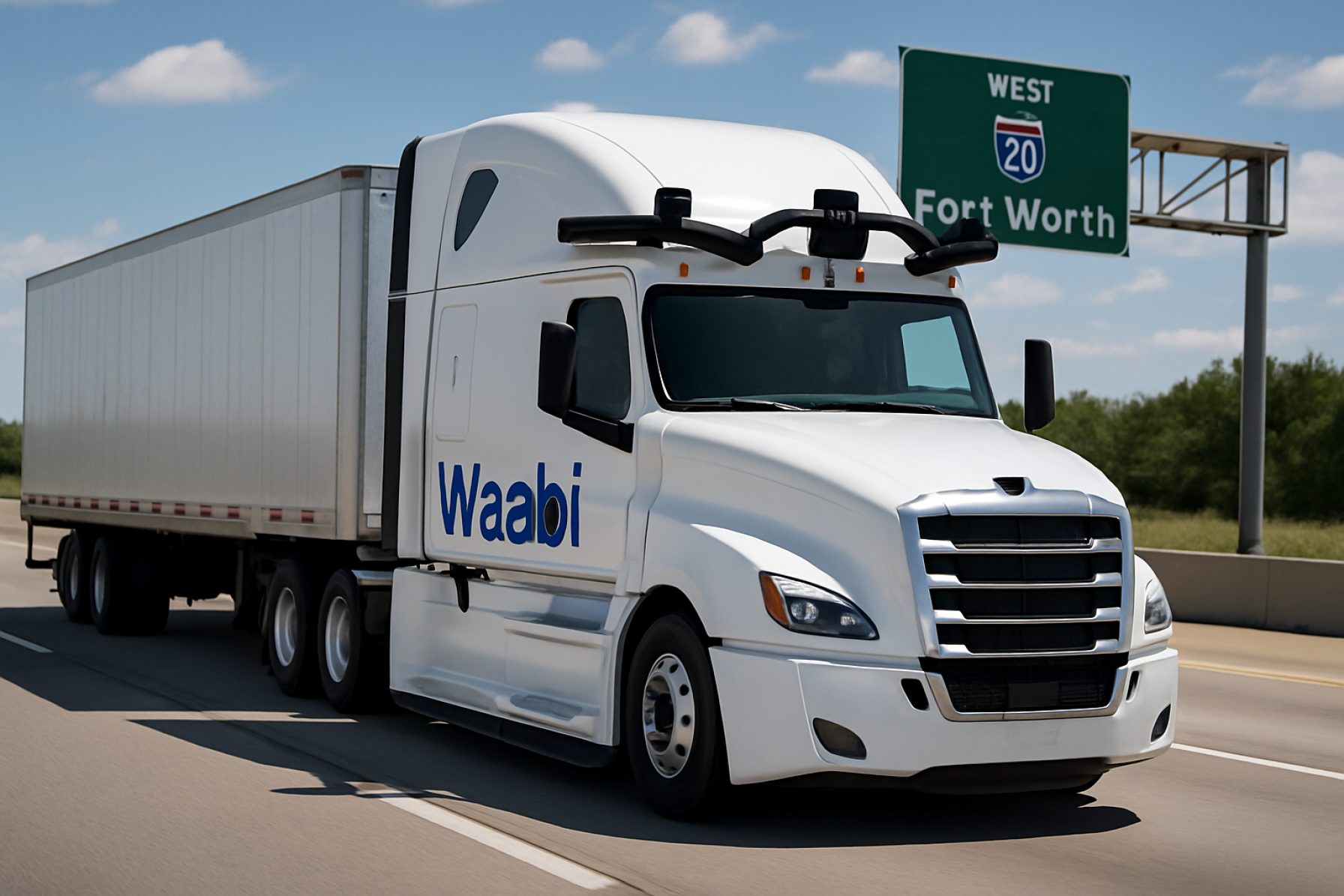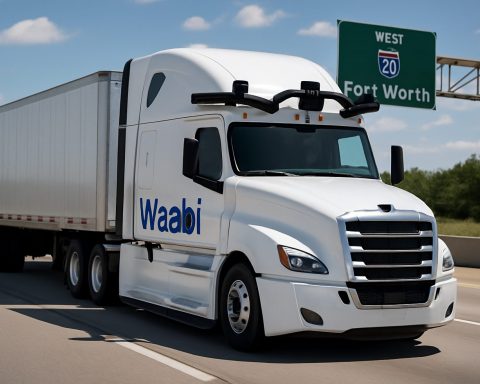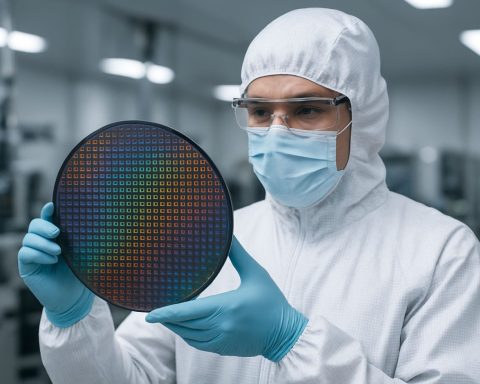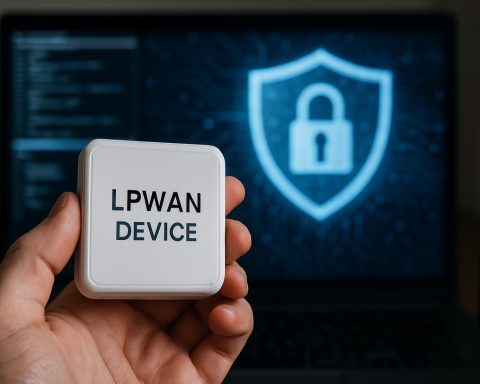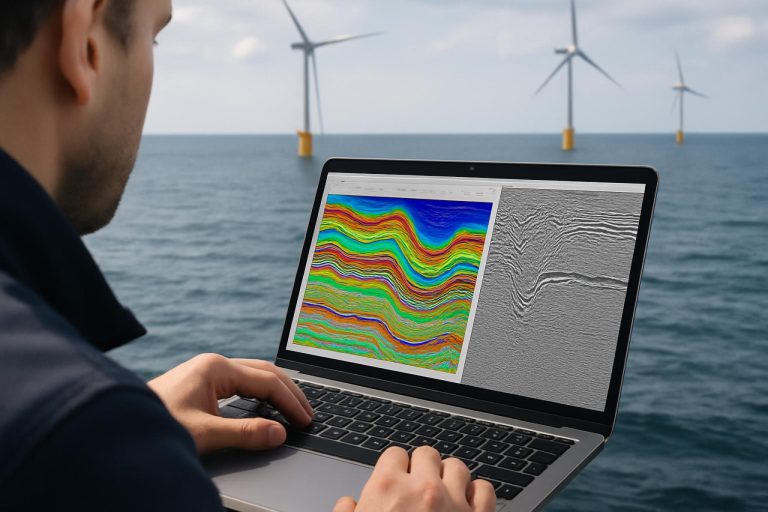Why Toronto’s Waabi Is Accelerating Past Rivals With World-Leading AI Self-Driving Trucks in 2025
Waabi bets big on generative AI as its driverless trucks hit Texas highways, aiming to transform the future of freight and automate logistics.
- $280M+ in venture funding secured by Waabi since 2021
- 99.7% success rate in real-world driving simulation
- 1st fully driverless trucks to launch on Texas roads in late 2025
- 49% of trucking jobs in the US face driver shortages in 2025
The race for self-driving vehicles is back in the spotlight, and leading the charge isn’t Silicon Valley—it’s Toronto-based upstart Waabi. While legacy giants have burned billions on traditional road-testing, Waabi’s CEO, Raquel Urtasun, made a contrarian bet on generative artificial intelligence. That move is about to turn the freight transport industry upside down.
Founded in 2021 at the peak of autonomous hype, Waabi saw the cracks in the industry’s expensive, slow-moving models. Instead, it built a smart, AI-powered platform that “reasons” and adapts like a seasoned human driver, but learns at a superhuman scale. With $280 million in funding and blue-chip partners like Nvidia, Uber, and Volvo, the company is set to unleash its fleet of truly driverless long-haul trucks on Texas highways by year-end 2025.
Q: What Makes Waabi’s Autonomous Trucks So Different?
Most big-name self-driving vehicles rely on endless miles of real-world tests—expensive, risky, and slow. Waabi rewrote the rules. The company’s breakthrough lies in its use of generative AI: instead of just collecting data, the system “imagines” countless driving scenarios. Think of it as a high-tech driving school where the trucks practice millions of complex situations—including the unexpected—without ever touching the real road.
By building digital twins of real environments, Waabi’s system can reach a stunning 99.7% accuracy in mimicking how trucks behave in the wild. This not only slashes development time and costs but builds trust with regulators and the public—a concern that’s slowed rivals in the past.
How Is Waabi Tackling the Truck Driver Shortage?
America’s trucking industry is at a breaking point. With grueling schedules and long stretches away from home, severe driver shortages plague supply chains. Urtasun, who grew up in Spain and now leads research at the University of Toronto, argues that AI-powered automation isn’t just about efficiency—it’s about safety and dignity.
Long-haul trips often keep drivers away from their families for weeks and expose them, especially women, to difficult conditions. Waabi’s autonomous trucks aim to fill the labor gaps in sectors where recruitment has stalled for years. But the company insists it’s not gunning for a sudden jobs apocalypse. Urtasun predicts that human drivers who want to keep their jobs will be able to—and new opportunities will sprout in supervising, managing terminals, and assisting vehicles remotely.
Who Is Backing Waabi’s Vision?
From its base in Toronto, Waabi has become the poster child of Canada’s surging AI ecosystem. Its unique approach, fueled by academic roots and strong industry alliances, caught the attention of industry giants. High-profile partnerships include collaborations with Uber Freight and vehicle manufacturing with Volvo. These alliances are key to scaling up in the US, Canada, and soon, overseas in Europe and Asia.
Waabi also cleverly sidestepped most of the latest US auto tariffs by localizing hardware production in America—an advantage as global supply chains face fresh disruptions in 2025.
How Far Can Waabi’s AI-Powered Trucks Go?
The future isn’t just trucks on Texas highways. Urtasun envisions a world where robotics and AI extend far beyond deliveries. From supporting aging populations and improving accessibility to kickstarting entirely new sectors in automation, Waabi’s core technology could power the next era of logistics and urban mobility.
Q: What Comes Next, and How Can You Prepare?
Regulators and industry insiders are watching Waabi’s progress closely. The rollout in Texas will serve as a proving ground. If successful, the model could quickly scale nationwide—and globally. Experts from MIT and beyond see this as a pivotal year for commercial AI in self-driving fleets.
Ready for the Autonomous Future?
- Track Waabi’s Texas launch in late 2025
- Watch for new logistics and remote-operator job postings
- Stay updated on AI and robotics advances via leading sites like TechCrunch and CNBC
- Advocate for transparency in training and deployment of autonomous vehicles
The driverless revolution is here. Will you ride along—or be left in the dust?
